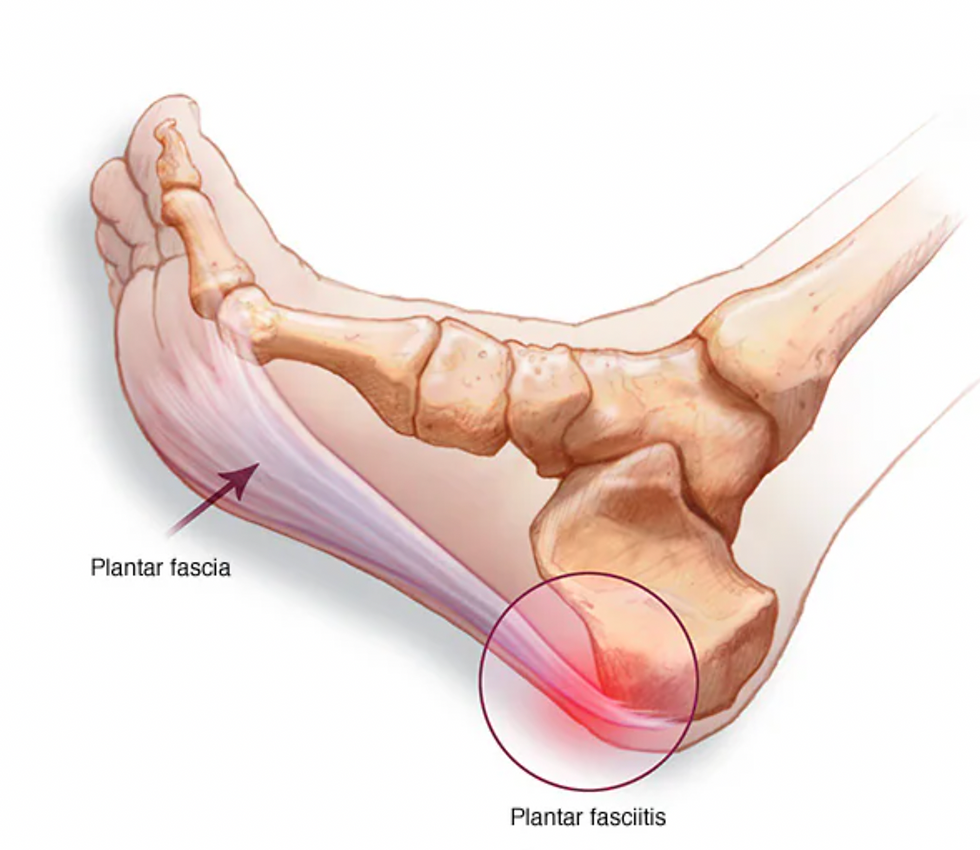Greater Trochanteric Pain Syndrome (GTPS)
- Harry Peterkin
- Aug 21
- 2 min read

Understanding hip pain and how to manage it
What is GTPS?
GTPS is a common cause of pain on the outside of the hip. In the past, people thought it was mostly “hip bursitis” (inflammation of a fluid-filled sac near the hip). We now know that, more often, it’s the tendons of the glute muscles (mainly glute medius and minimus) that get irritated or overloaded. These muscles help support your hip when you walk, run, or even just stand.
What does it feel like?
If you’ve got GTPS, you might notice:
Pain or tenderness on the outside of your hip
A sharp pain at first that can turn into a dull ache
Pain that sometimes travels down the outside of your thigh towards the knee
Discomfort when walking, climbing stairs, running, or even sitting too long
Pain when lying on that side at night
Stiffness in the hip first thing in the morning
Why does GTPS happen?
Most of the time, it’s linked to the hip muscles being overloaded or not quite doing their job as well as they should. Some common reasons include:
Weakness or poor control of the glute muscles
Doing lots of repetitive activities (like running or stair climbing)
Suddenly increasing your activity levels (doing too much, too soon)
Standing or sitting for long periods
Standing with your weight on one hip (the classic “hip hang”)
It’s especially common in women over 40, partly due to how their anatomy and hormones change with age.
How physiotherapy can help
The good news is GTPS usually responds really well to physiotherapy. A physio will work with you to:
Settle the pain down – with strategies like ice, heat, or advice on sleeping/standing positions
Guide your activity – showing you which things to ease off and how to stay active without making pain worse
Build strength – especially in the glute muscles, which is the key to long-term recovery. This usually starts with gentle, pain-relieving exercises and gradually builds to more functional movements
Tips for managing and preventing GTPS
To prevent GTPS flaring up:
Keep your glutes strong with regular exercise
Warm up before workouts and stretch afterwards
Increase your activity levels gradually, rather than jumping in too quickly
Try to maintain a healthy weight
If you’re dealing with GTPS right now:
Follow your physio’s advice and stick to your exercise plan
Use ice or heat to ease the pain
Pain relief medication (like ibuprofen) can help – check with your doctor first
Stay active, but avoid the things that really irritate your hip
Summary
GTPS is a really common cause of hip pain, but it doesn’t have to hold you back. With the right guidance – especially a good physio program – most people see big improvements.
If you’re struggling with outer hip pain, get it checked. A physiotherapist can give you a clear diagnosis, help you manage the pain, and guide you back to moving comfortably again. To book with the Mojo Physio team you can click here or call 0430 614 207.
.png)



Comments